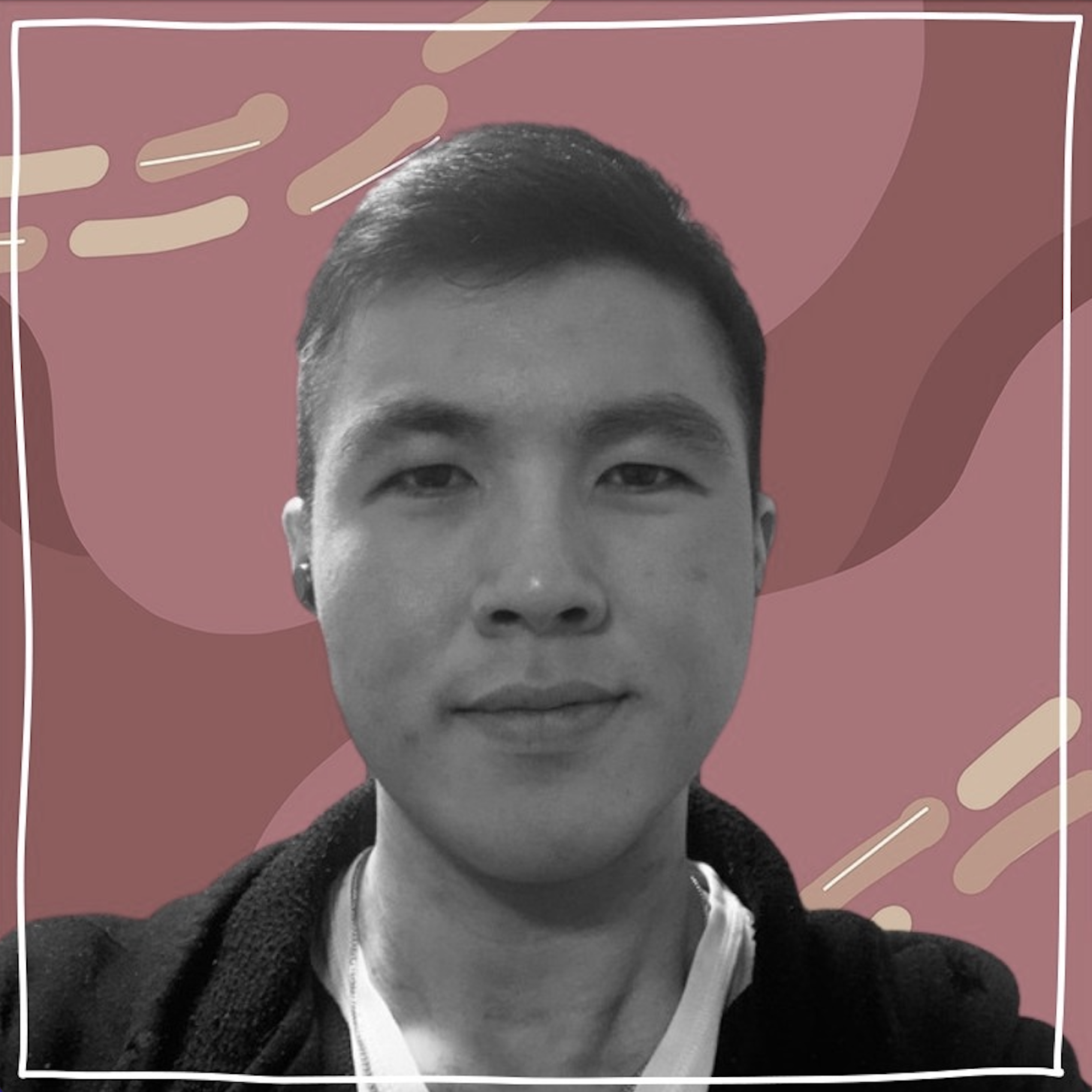‘more probable behaviours will reinforce less probable [ones]’ – Atomic Habits, Chapter 8 Notes
Posted on: June 28, 2022
Post Category: Book Notes

About #onepageonepoint
#onepageonepoint aims to summarise new ideas from books on personal and professional development – with (approximately) one point for each page. Read more about this project here.
Today for #onepageonepoint, we have summary notes for Atomic Habits – for chapter 8: ‘How to Make a Habit Irresistible’.
If you are interested in getting yourself a copy or learning more about the book, click here.
Chapter 8: How to Make a Habit Irresistible
- From a study on animals, Tinbergen discovered the tendency of gulls to pick at red spots (with more pecking at larger spots) and the tendency of geese to roll up round objects to their nest (exerting more effort for larger objects). This indicated each animal was preloaded with certain rules for behaviour.
- Scientists refer to these exaggerated cues as supernormal stimuli – a heightened version of reality (like a beak with three dots or an egg the size of a volleyball) that elicits a stronger response than usual. For example, in the context of human behaviour, food has become more abundant (and more processed) over the past thousand years but we still crave it as if it is scarce.
- Supernormal stimuli in our modern world exaggerate features that are naturally attractive us, driving us to excessive shopping habits, social media habits, porn habits, eating habits, and many others. Hence the 2nd law of behaviour change: make it attractive.
- If you want to increase the odds that a behaviour will occur, then it needs to be attractive. There needs to be a craving to perform the behaviour.
- Craving occurs through dopamine which is a chemical responsible for desire. Without dopamine, desire dies; without dopamine, action stops.
- When it comes to habits, dopamine is released not only when you experience pleasure but also when you anticipate it – the anticipation of a reward motivates us to act.
- You can make (harder) positive habits more attractive by temptation bundling – linking an action you want to do with an action you need to do e.g. watching reality shows while working out at the gym.
- The Premack principle states that ‘more probable behaviours will reinforce less probable behaviours’ i.e. you’ll be more conditioned to do something you don’t like to do if you get to do something you want to do along the way.
- Temptation bundling can be used in conjunction with habit stacking: ‘After [CURRENT HABIT], I will [HABIT I NEED]. After [HABIT I NEED], I will [HABIT I WANT]’. For example: (1) After I get back from my lunch break, I will call three potential clients (need). After I call three potential clients, I will watch ESPN (want). (2) After I pull out my phone, I will do ten burpees (need). After I do ten burpees, I will check Facebook (want).
If you are interested in getting yourself a copy or learn more about the book, click here.
Interested in reading more? See my notes for Chapter 9.

About the author
Jason Khu is the creator of Data & Development Deep Dives and currently a Data Analyst at Quantium.